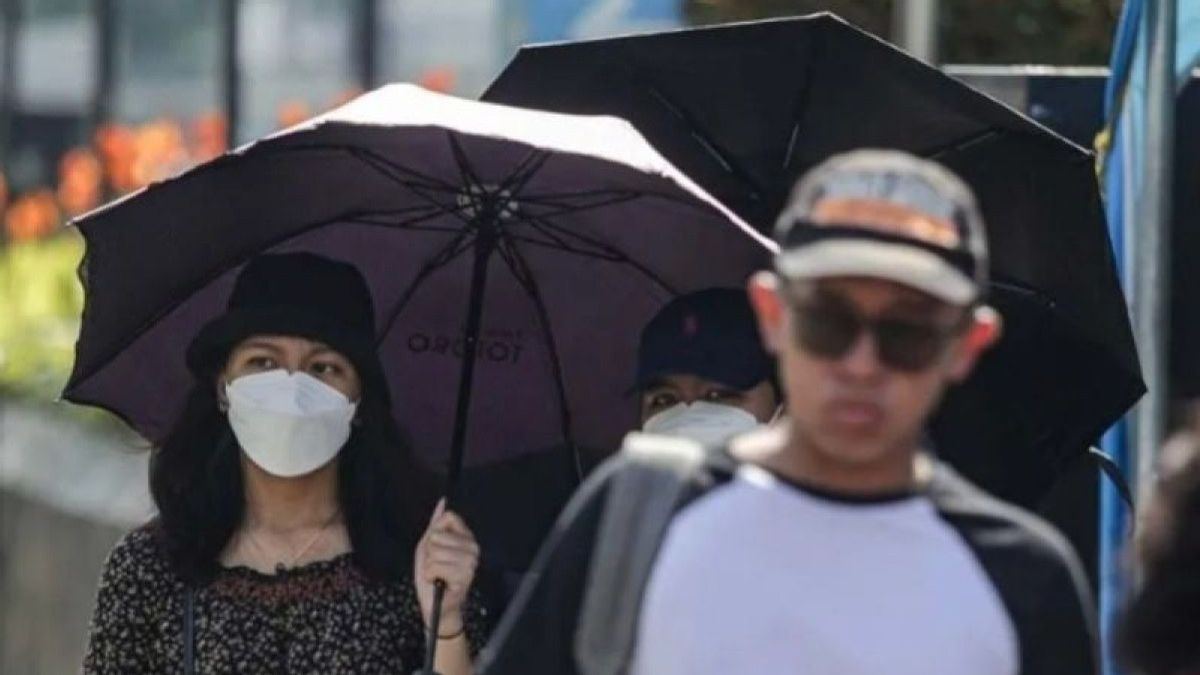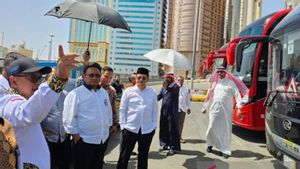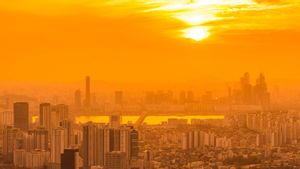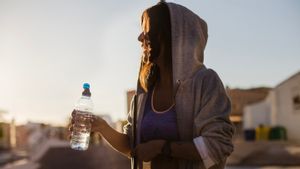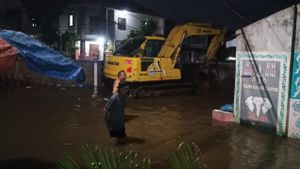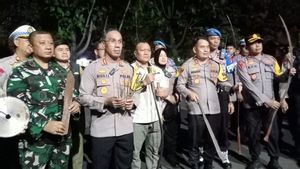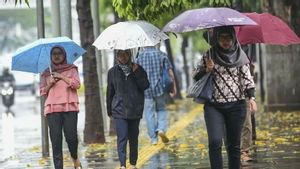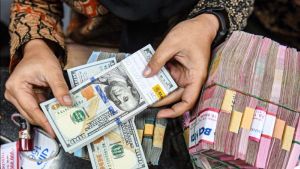JAKARTA - According to data released by the United Nations Environmental Program (UNEP), the development of the fostered environment is the largest energy absorber and a very high producer of greenhouse gas and waste emissions.
It is estimated that 40 percent of energy consumption and about 30 percent of greenhouse gas emissions are caused by the fostered environment globally.
The real impact that is now increasingly being felt in various parts of the world is the emergence of the Urban Heat Island phenomenon.
This phenomenon is marked by the increasing temperature of the central city area compared to the surrounding area.
According to several studies, it is known that this phenomenon is one of the main sources that causes an increase in geothermal temperatures or global warming.
The Urban Heat Island phenomenon continues to increase along with urbanization and urban growth.
Therefore, it is necessary to make various efforts to overcome it.
One of them is the use of prefabricated and modular housing which already uses exterior building materials with a high level of solar reflection, especially for roof coverings.
In Indonesia, this prefabricated/modular house model itself has been successfully realized thanks to the collaboration between academics from the University of Indonesian Education (UPI), BeCool, and the Tatalogam Group. The house, which is known to be light steel-structured (steel frame) friendly and carries this mild, fast, strong and low-cost concept, is DNA from the house of the DOMUS belonging to the Tatalogam Group which was then wrapped by a roof covering and a light colored wall covering with high solar reflective levels. This house is then named Raflesia or the Reflective House of Indonesian Solar Workers, said Associate Prof. Study of the Architecture Study of the University of Indonesia (UPI), founder of BeCool and the community of SBCC (Sustainable Buildings, Cities and Communities) Dr Beta Paramita.
After undergoing the testing stage in the laboratory, the raw materials for covering the roof and covering the walls have a peak power of 0.90, solar reflectance of up to 72.1 percent, solar absorption of up to 27.9 percent, and Solar Reflectance Index (SRI) up to 88.0.
This is proof that this building material is able to prevent the impact of Urban Heat Island if it is paired with the Raflesia House.
This Raflesia modular house is also more environmentally friendly because it has been carefully planned from the start of the design stage to the construction implementation. All material needs and all supporting accessories are made by the Tatalogam Group machine at the factory based on appropriate calculations so that the construction is faster, cost-effective, and most importantly, does not leave waste at the construction site," added Head of Government and Public Relations Tatalogam Group Maharany Putri.
The example house, which has been built in Tipar Village, Parahyangan, whose launch was marked by the holding of an International Symposium at the Pullman Hotel in Bandung at the end of February 2024, has become the starting point of the SBCC community to socialize the importance of presenting a solution to the Urban Heat Island effect for Indonesia.
Therefore, this activity continues to study appeals to neighboring countries, namely Australia at the end of April 2024 until early May.
Maharany explained that his arrival together with representatives from the Directorate General of Housing, Ministry of PUPR, and academics from UPI to Australia with the SBCC forum were to hold initial technical discussions and share (appropriate studies) among each delegation on how the Australian State Government established policies on the use of construction materials, especially roofs that have high solar reflectivity, especially for housing.
SEE ALSO:
Meanwhile, Director of Housing Systems and Strategies, Directorate General of Housing, Ministry of PUPR Edward Abdurrahman said the states visited were Victoria and New South Wales (NSW) states along with two well-known universities in the two states that were accustomed to providing technical input from the preparation and updating of policies, namely RMIT Melbourne and the University of New South Wales (UNSW).
Environmentally friendly socialization of buildings and houses with energy-efficient and low-carbon indicators has been intensively carried out in several states in Australia, including in the states of Victoria and NSW. At the central level, the Australian Federal Government issued a policy regarding Sustainable Buildings which was then passed down to each state according to the conditions and physical conditions of the cities in it and the readiness of its people. The preparation of this policy, both central and state, is assisted by key stakeholders, namely industrial associations, construction services, sustainable communities, green buildings. council, academics, and practitioners, "explained Edward Abdurrahman.
The performance of buildings and houses is assessed based on the perimeters that have been built and agreed internationally on whose rating is named green star credits in the state of NSW and the requirements for the use of roof materials that already have certain reflectivity standards (SRI / Solar Reflectance Index) are regulated in it along with the level of the roof slope (pitch). Meanwhile, in the state of Victoria it still focuses on green areas and for houses it is low in energy and carbon. Regarding this roof material, it is still in the state government's efforts to socialize it to the public and is being continuously studied by well-known universities such as the University of Melbourne and RMIT Melbourne.
"From the results of this conducive joint discussion, the three elements of SBCC, namely UPI-academics, Tatalogam Group-industry and business, and the Ministry of PUPR-government are expected to synergize in the preparation of standard recommendations for color-plated/painted steel sheet products with the criteria for optimal Solar Reflectance Index (SRI) in the country. Which will help increase the utilization of the national layered steel industry and increase the value of TKDN (Domestic Content Level) in its use in construction activities. Furthermore, it is hoped that the preparation of a solar reflective home prototype based on green and intelligent building policies set by the Indonesian government can demonstrate the form of an environmentally friendly, sustainable, sustainable, modular building/home (low carbon, energy-efficient, more adem, less to zero waste), strong, fast-standing, lightweight, earthquake-friendly, and economical approaches. At the same time, this can help the government in reducing Green House Gas (GHGRK) as an adaptive approach", concluded Maharany.
The English, Chinese, Japanese, Arabic, and French versions are automatically generated by the AI. So there may still be inaccuracies in translating, please always see Indonesian as our main language. (system supported by DigitalSiber.id)
